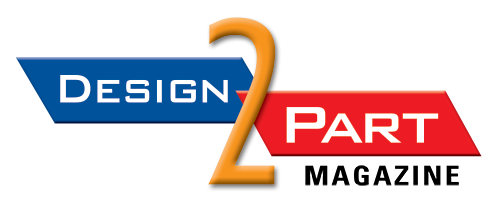By Mike Hill
ST. LOUIS, Mo.—In the fast-paced world of product development, a common adage often circulates among engineers and designers: “If you want a project to be completed, take it away from the engineer.” This statement, albeit blunt, highlights a critical tension within the engineering community. It brings to light the inherent perfectionism that many engineers and developers grapple with—a tendency that, while commendable, can sometimes hinder the path to innovation and practical usability.
This article delves into why shifting focus from perfection to usability is not only beneficial but essential for original equipment manufacturers (OEMs) looking to stay ahead in the market.
The Peril of Perfectionism
At the heart of many engineering projects lies the quest for perfection. Engineers, by nature, are driven to refine, adjust, and perfect their designs. This instinct, while noble, often leads to a paradox where the pursuit of an ideal solution becomes a roadblock to progress. The truth is, a product in perpetual development reaches a point where additional modifications contribute little to its overall value and may, in fact, delay its introduction to the market.
The Virtue of Usability
The real breakthrough in product development comes from embracing the concept of usability—creating something that, while not perfect, is good enough to be placed in the hands of users for real-world testing. Eric Ries, in his book “The Lean Startup,” introduced the concept of the Minimum Viable Product (MVP) to describe this approach. However, the term MVP has often been misconstrued as a finished product that’s merely “good enough.” In reality, an MVP can be as simple as a prototype or system that allows for meaningful customer interaction and feedback.
Customer-Centric Design
Integrating customer feedback early and often is paramount. By presenting users with a functional prototype—even one that may not meet our internal standards of perfection—we can gather invaluable insights into its real-world application, usability, and value. This process helps identify which features resonate with users and which ones may require reevaluation. It’s a method that prioritizes customer satisfaction and practical functionality over the elusive goal of perfection.
The Power of Rapid Iteration
The strategy of rapid iteration—quickly developing prototypes and subjecting them to user feedback—serves two vital functions. First, it accelerates the product development cycle, allowing OEMs to adapt and evolve their products swiftly. Second, it engages the end-users in the development process, making them co-creators of the solution. This collaborative approach not only enhances the product’s relevance and appeal but also fosters a sense of investment and ownership among the user community.
Case in Point: The Wooden Block Prototype
One of my earliest product development experiences involved creating a prototype from a simple block of wood. This rudimentary model, shaped and weighted to mimic the intended final product, was instrumental in gathering early feedback on its design and ergonomics. This feedback guided the development process far more effectively than any advanced prototype could have. It underscored the importance of focusing on the core functionalities and user interactions over aesthetic perfection or technological sophistication.
Embracing Failures as Stepping Stones
The journey toward innovation and success in product development is not paved with perfection but with practical, usable solutions that resonate with users. By advocating for a development process that values usability, customer feedback, and rapid iteration, OEMs can not only streamline their product development cycle but also foster a culture of creativity and flexibility.
Remember, the goal is not to avoid failure but to learn from it and move forward. As advocated by leading design firms like IDEO, embracing the philosophy of ‘fail fast, fail often’ can lead to greater innovation and results. It’s crucial, however, to not just fail, but to ‘fail forward’—to learn and advance from each setback. Adopting this mindset allows us to revolutionize our product development approach, ensuring we create products that genuinely fulfill user needs and stand out in the competitive marketplace.
At Big Rocks Engineering, we understand the challenges and opportunities that come with product development. Our approach is centered on rapid iteration and customer feedback, ensuring that your product meets the market’s needs without unnecessary delays.
If you’re looking to accelerate your product development cycle and create impactful solutions that resonate with your audience, let’s connect. Together, we can turn your vision into reality, embracing usability and innovation every step of the way.
About the Author
Mike Hill is General Manager at Big Rocks Engineering, Moberly, Missouri. He is an expert engineer dedicated to streamlining product development for OEMs. Mike’s approach combines deep technical insight with actionable strategies, drawing from extensive real-world experience to simplify complex processes.
This article appeared originally on Big Rocks Engineering’s website and is reprinted with permission.
Source:
https://bigrocksengineering.com/simplifying-product-development-oems/
